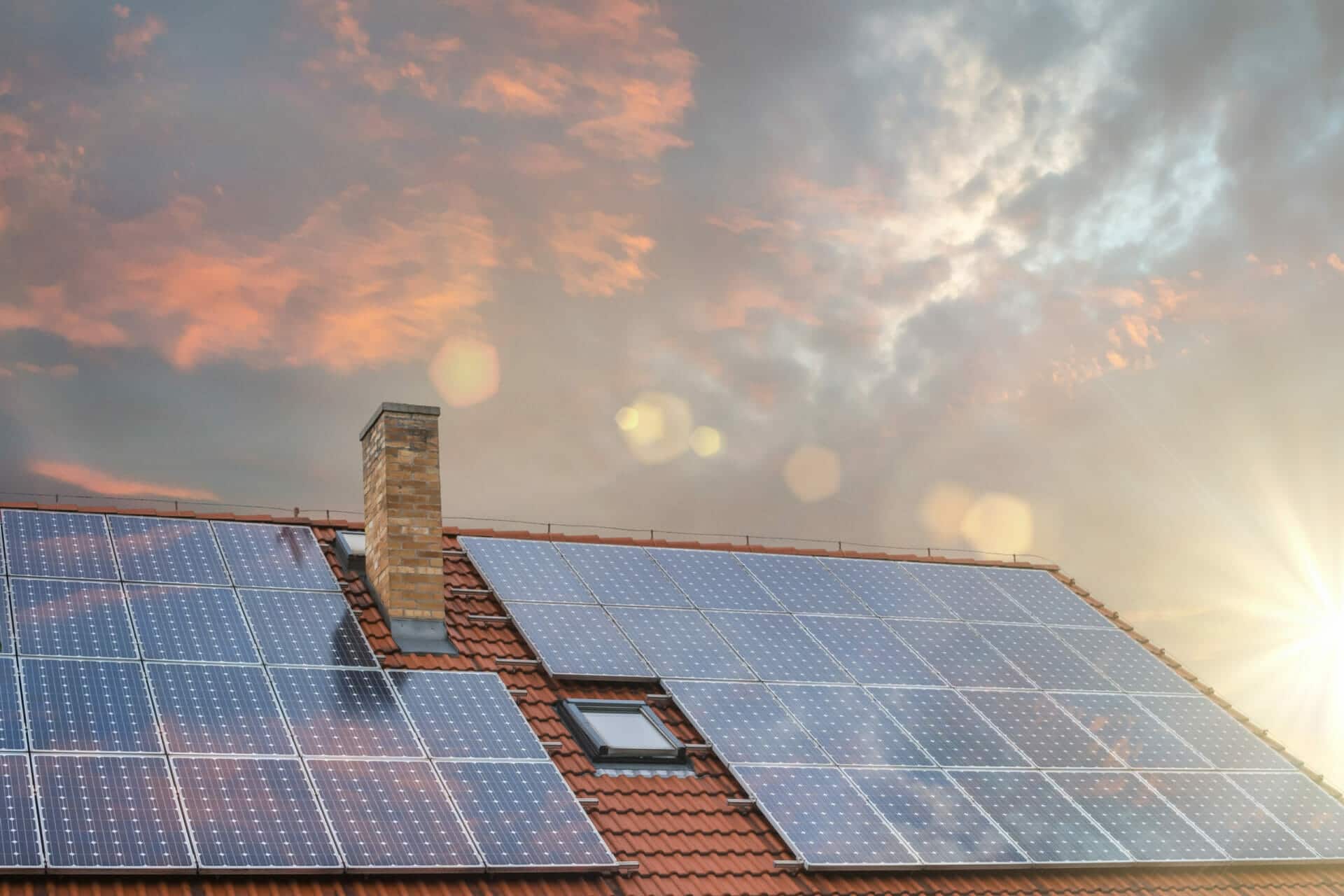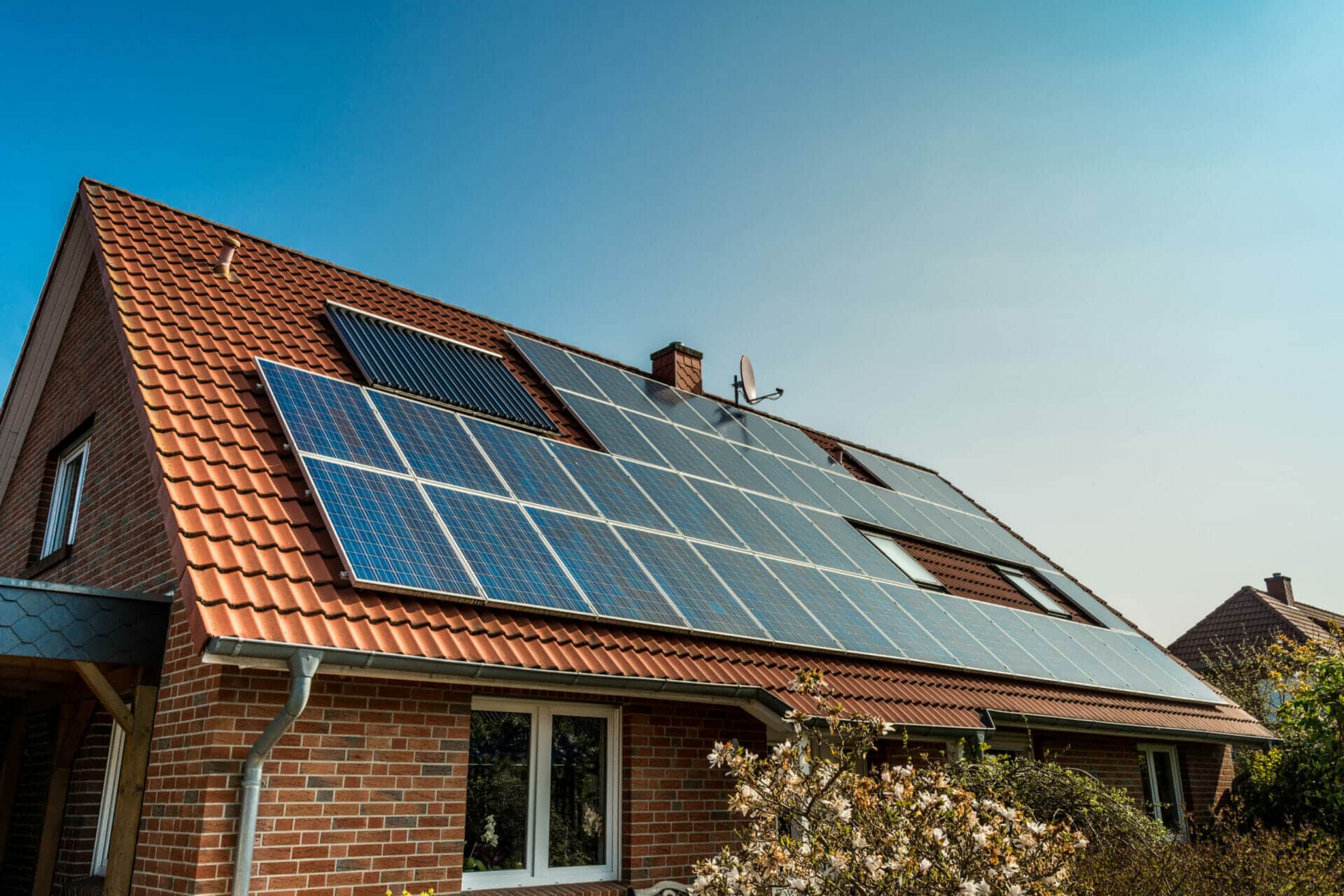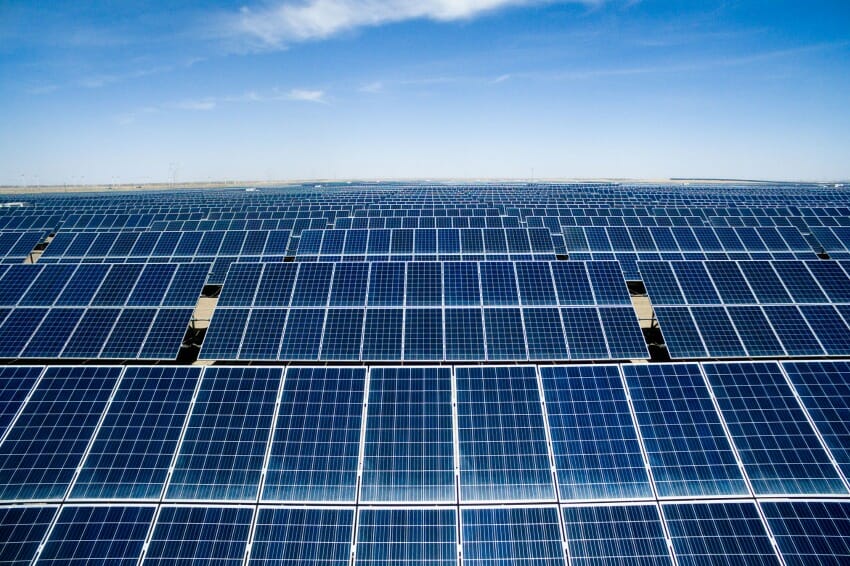Author:
When looking into solar, many people ask the question: How Do House Solar Panels Work? Here we will explain how a residential solar panel system works.
How Do House Solar Panels Work – Solar Panels
Answering the question, “How Do House Solar Panels Work?” begins with the Sun. Photons from the sun’s rays hit the solar panels and dislodge electrons from atoms inside the photovoltaic (solar) cells. This dislodging of electrons from atoms creates electricity. There are many small, linked solar cells in a solar panel. When you add more solar panels to your roof, you have more solar cells, which produces more energy.
The science behind How Do House Solar Panels Work involves the relationship between the elements Phosphorus and Boron. The solar cells are made of silicon and have a positive and negative field, much like a battery. These two fields contain Phosphorus, to create a negative charge, and Boron, to create a positive charge. The interaction between these two fields creates direct current (DC) electricity which then travels to the inverter.
Schedule Your Free Solar Consultation
How Do House Solar Panels Work – Inverters
Inverters are a big part of understanding How Do Solar Panels Work. Your home uses alternating current (AC) electricity. The inverter converts the DC electricity from your solar system to AC electricity so that your home can use the energy. Modern solar systems either have a string connected setup using one inverter or parallel connected setup using microinverters. For the string connected setup, there is a single string inverter on the side of the home. For the parallel connected setup, there is a microinverter underneath each solar panel in the system.
The advantages of microinverters are:
- They allow each solar panel to work independently, so that shade, damage, or debris on one panel will not affect the remaining panels in the system.
- With a single inverter setup, shade or debris on one panel can reduce the output of the entire solar system.
- There is monitoring on each individual solar panel.
- They are more reliable, especially in the extreme heat of Phoenix, Arizona.
- They have longer 25-year warranties as opposed to the 5 or 10-year warranties on single string inverters.
How Do House Solar Panels Work – Electrical Box
The next step in understanding How Do House Solar Panels Work involves the electrical box. The AC electricity travels from the inverters to the electrical box. Then, the AC electricity goes the the appliances in your home. Power generated by the solar panels is used in real-time by the appliances in the home. Power not used immediately goes to the utility grid.
When learning How Do House Solar Panels Work, it is important to understand how solar panel systems integrate with the utility grid. In the Phoenix, Arizona area, a large amount of electricity generated by the solar panels in the Winter is sent to the utility grid. This is because the home air conditioning unit is not running in the Winter. Air conditioning units are the appliances that typically use the most amount of energy in a home. Also, in the summer, the home automatically imports a large amount of energy from the grid because the air conditioning is running. Most solar panel systems in the Phoenix, Arizona are too small to power the air conditioning and rest of the home by itself. Thus, the system must remain connected to the grid to purchase extra power as needed.


Solar Batteries
When people ask “How Do House Solar Panels Work”, they also ask how to store excess energy. Solar batteries store extra energy not used by the home in real-time. Solar panels do not generate electricity at night. So, energy goes from the battery to the home at night-time. This saves money because the home is being powered by stored energy that is free compared to buying energy from the utility company at night.
Batteries are also deployed to lower the amount of energy taken from the utility grid during on-peak times when utilities have inflated time-of-use and demand charges. This can lead to a cost savings because the homeowner will use more stored energy and less energy from the grid with inflated prices during on-peak times. Further, a battery can also lower the peak demand in on-peak times by drawing less power from the grid, which results in savings.
When people research “How Do House Solar Panels Work”, they will find that solar system component technology is always advancing. Since solar batteries are a relatively new technology, they can be quite expensive. But, just like computer hard drives that have dropped in price over the years, solar batteries will become less expensive in the future as well. In the future, solar batteries will likely be on every home that has solar.
The most popular benefit of solar batteries is that they can power the home when the grid goes down. Many homeowners have batteries for this specific purpose.
Schedule Your Free Solar Consultation
How Do House Solar Panels Work – Meter
Any discussion on “How Do House Solar Panels Work” must include information on the second meter that the utility company installs on every solar home. Before you go solar, your home has a meter installed by the utility company that measures how much energy you draw from the grid. When you go solar, a second meter is installed on your home that measures how much energy you send from your solar system to the grid.
Your home uses energy from the solar panels in real-time. A battery stores any extra energy. Excess energy goes to the utility grid when there is no battery. Utility companies deal with exported energy differently. Check out our web pages on Arizona Public Service (APS) and Salt River Project (SRP) to learn more.
How Do House Solar Panels Work – Utility Grid
We will cover the electrical utility grid as our last point in “How Do House Solar Panels Work”. Power generated at power plants and rooftop solar systems travels through a complex system of electricity substations, transformers, and power lines. This system is often called the “grid”.
Every solar system in the Phoenix, Arizona area is connected to the grid per the law. This ensures that the home will still get electricity if the solar system goes down. An “off-grid” system can be built, but its price is out of reach for most consumers and it will end up costing more than staying with the utility company. Further, it is often necessary, especially during the summer nights, for homes to draw power from the grid to maintain consistent electricity in the home.


